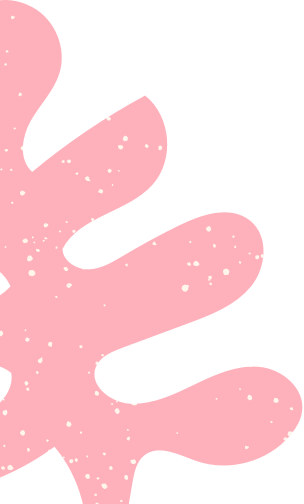Ankole Cattle
Ankole Cattle
Bos taurus ankole
The descendants of an ancient breed of cattle that lived in the Nile River Valley around 4000 BC, Ankole cattle are known for having the largest and widest horns of any cattle species. They have been seen in Egyptian heiroglyphs and are often referred to as the “cattle of Kings.”
Ankole cattle are derived from two African breeds of cattle: Ankole of Uganda and Watusi of Rwanda and Burundi. Sometimes they are called a combination of both names, Ankole-Watusi. Ankole and Watusi are distinct breeds, but in the United States these breeds have been mixed. These cattle were initially exported from Africa to Europe during the late 19th and early 20th centuries for use as animals in zoos. They were treated as a single breed and mixed. They were then imported to the United States during the 1920s and 1930s and mixed with Texas Longhorns and other American breeds.
What are they like?

Physical Description: Ankole cattle rusty red coats that can be either solid in color or speckled. They have long, thick horns that can grow up to 6-8 feet and are "lyre" shaped.

Life Span: Ankole cattle can live up to 20-25 years.

Diet: In the wild, Ankole cattle eat grass. At Philadelphia Zoo, they eat hay, grain pellets, and grass.

Social Structure: As herd animals, Ankole cattle are highly social and follow a hierarchy. They communicate via chemical signals, touch, visual cues, and sounds.

Habitat: Originally found in Uganda, Ankole cattle are a domesticated breed typically found on farms as well as in open forests, grasslands, and meadows. At the Zoo, they have a large, grassy yard and a huge barn with heat lamps for shelter.
Did you know?
- The Ankole cattle's horns act as radiators; blood circulating through the horn area is cooled and then returned to the main body. This allows excess body heat to be dispersed.
- They are adept at jumping despite their large size.
- They have very strong protection instincts, and adults will bed down in a circle facing outwards with calves kept safe in the middle.
